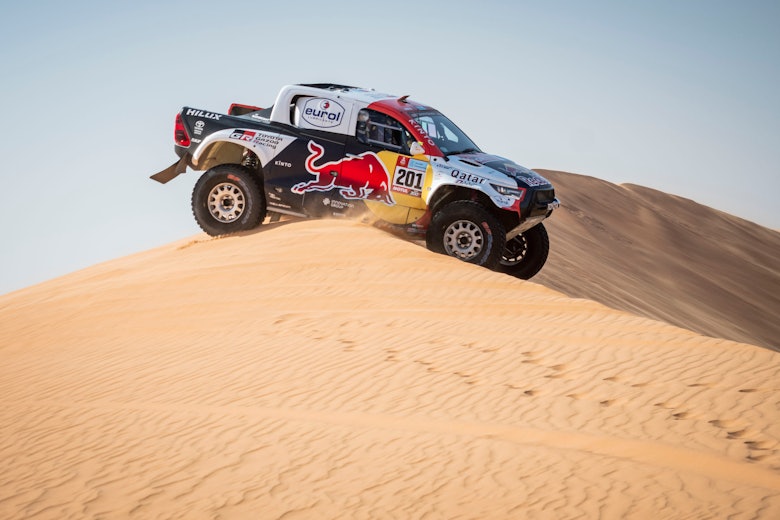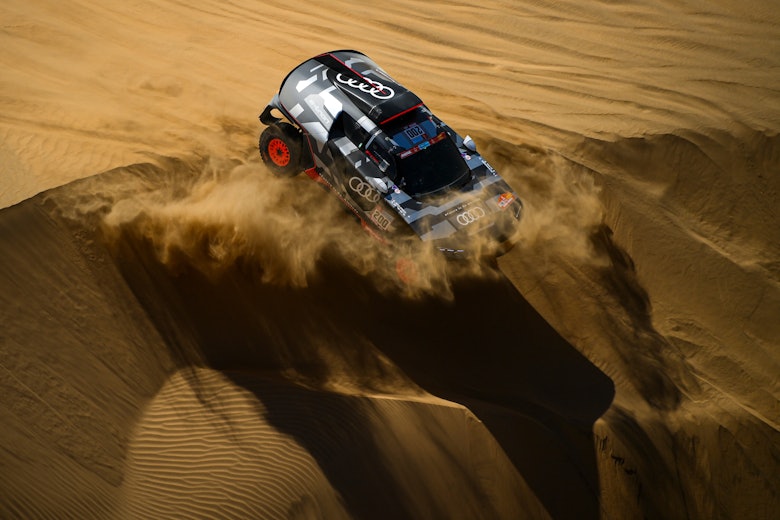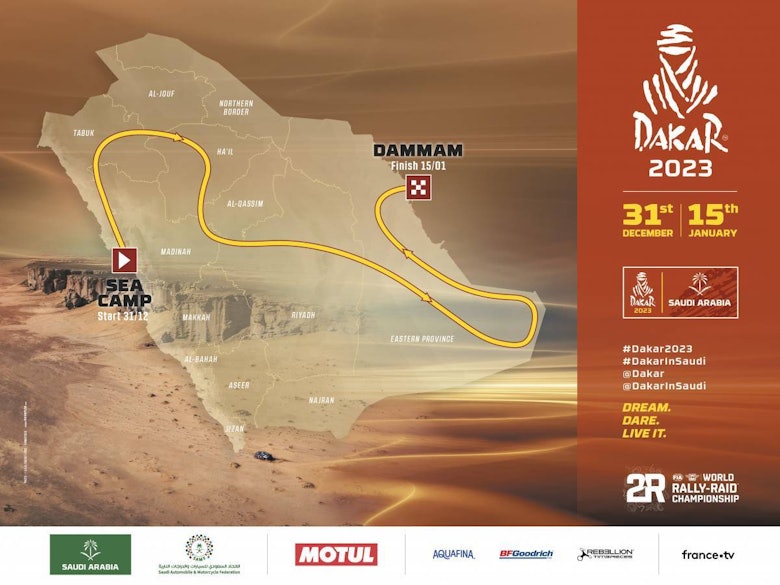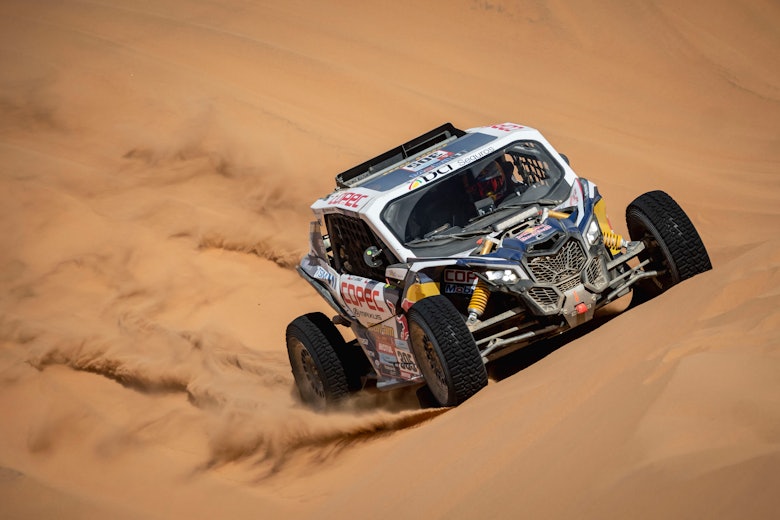“The competitors asked us for a longer, more difficult route, with more kilometers and more dunes, these are the ingredients of this year’s Dakar.” The words of the event director, David Castera, must have been music to the ears of drivers and riders alike as the route for the 2023 Dakar Rally was unveiled in a soft launch last Sunday.
And it has whetted the appetite for the coming winter in Saudi Arabia.
Speaking via a video link on the weekend where many of the competitors should have been competing on the Andalucía Rally in Spain – before its postponement due to the risk of wildfires in the region – the appetite certainly needed whetting.
Castera announced a swathe of changes to the rally, which will be the longest in distance since 2014 when the Dakar was still based in South America. It will also feature more challenges, more dunes and more technology.

This is important, because the Dakar – above anything else – is driven by the competitors for competitors. It’s no surprise that Dakar Directors tend to be ex competitors themselves.
Castera himself was a former biker turned car co-driver, so understanding what the competitors want and, more importantly, delivering them the rally they want, is crucial.
But just what are the changes being made for 2023? Let’s start at the top, shall we?
A return to the good old days
It may not seem that long ago, but eight years have passed since we have had a Dakar as long as what Castera and his team in the ASO are planning. Those familiar with the Dakar will not need reminding that, historically, the rally was contested over a full three weeks until as recently as 2001. Dakar 2023 won’t be that long, but it will take place over 15 days, featuring 14 stages for the first time since 2018.

There’s also nearly 5000km of special stages on the itinerary, with the majority covering 450km, making it one of the densest rallies in the modern era.
And while the timed special stages will be longer, Castera and his team have listened to feedback and made the liaison sections shorter and the finishes closer to the bivouacs, meaning competitors will get more value from their time in the desert.
70% new route
In the spirit of Dakar founder Thierry Sabine, discovery and adventure remains a cornerstone of the modern edition of the rally, with 70% of stages run on new stages. The rally will start along the Red Sea once more but will finish on the other side of the country, at Dammam. The route runs north to the familiar territories of Ha’il and Al-Qassim before heading across towards the Eastern Province, aka dune central!
The Empty Quarter is precisely that, a vast area of predominantly dune landscape which is desperate to catch out the unwitting. It will feature three ‘mammoth dune stages, and a Marathon stage’ according to Castera.

After completing the trek to the furthest regions of southeast Saudi, the cavalcade then heads back up north towards the finish at Dammam on January 15.
Neutralization for cars gone
As well as being longer in length and days on the road, another dimension to factor in, in the car category at least, is the removal of the neutralization zones in stages. This was a speed-controlled section of the special stage which effectively split the stages into two sections. By neutralizing the stage, competitors had time to complete minor repairs, take on food or even a comfort break. These things will still be possible during the stages, but crews will have to do so safe in the knowledge that time loss will play a role.

As far as the cars are concerned, it’s non-stop from the off. Perhaps one aspect which might prove popular is that the removal of such a zone will reduced the risk of receiving speeding penalties, like Prodrive’s Sébastien Loeb did in 2021.
Digital roadbook for all and more technology
In many ways, it’s the end of an era for the Dakar. Paper roadbooks are no more, with the motorbike class joining the T1/T1, SSV and Lightweights and the Trucks in adopting a digital roadbook for 2023. It brings the entire bivouac under the same navigational umbrella as a result.
But where there is conformity in some aspects, the opposite can be said for the latest instalments of the Dakar Future project, which aims to take the event towards a greener and more sustainable format. After the introduction of hybrid and hydrogen vehicles earlier this year, 2023 will feature bio and synthetic fuels.





